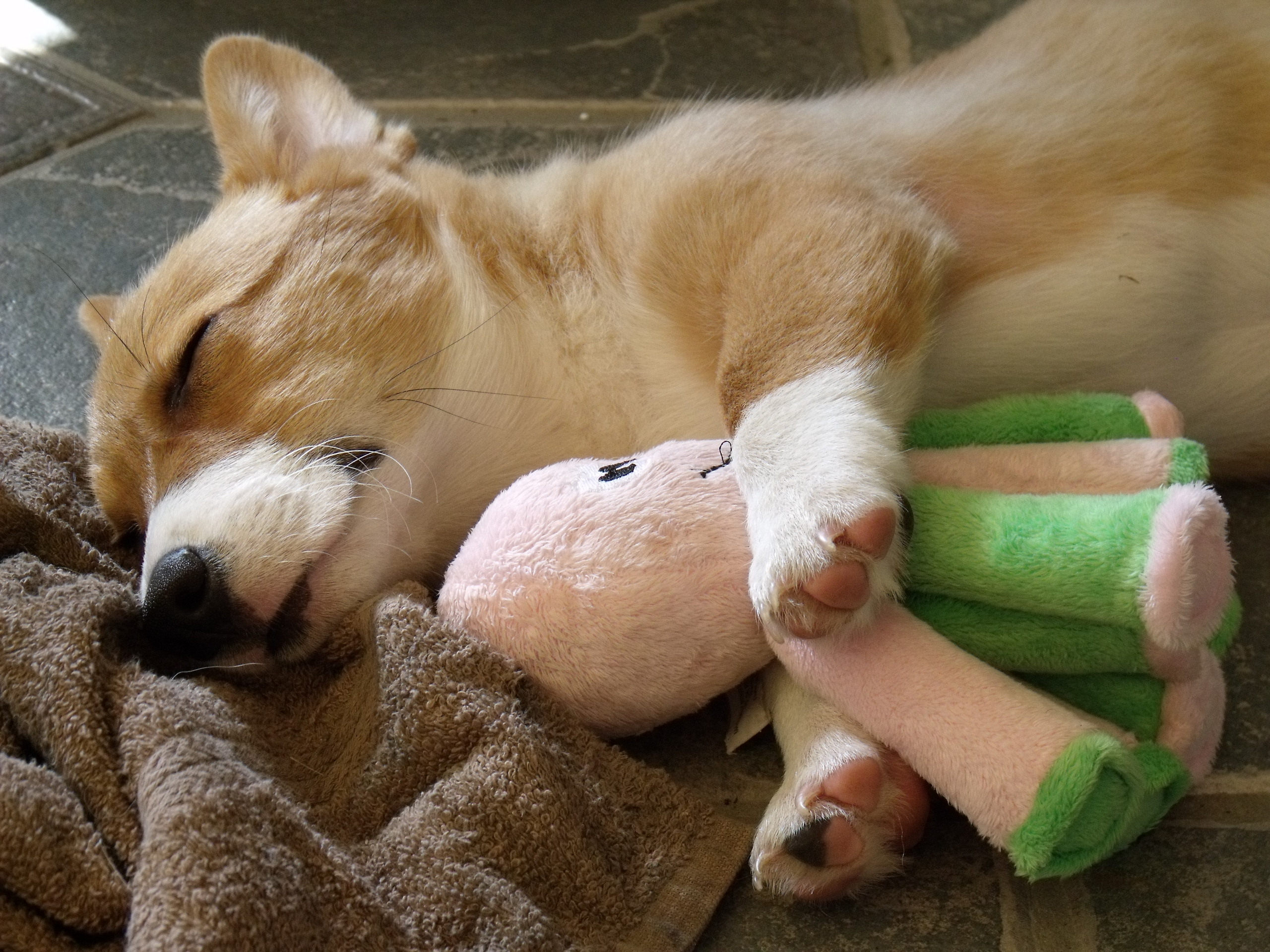blob-article
A new study is set to examine whether dogs form an emotional attachment to toys in a similar way to young children with blankets and teddies. Some breeds of dog may be more likely than others to form attachments with objects such as toys and bedding. A new study is set to examine whether dogs form an emotional attachment to toys in a similar way to young children with blankets and teddies. Some breeds of dog may be more likely than others to form attachments with objects such as toys and bedding.
A new study is set to examine whether dogs form an emotional attachment to toys in a similar way to young children with blankets and teddies. Some breeds of dog may be more likely than others to form attachments with objects such as toys and bedding. A new study is set to examine whether dogs form an emotional attachment to toys in a similar way to young children with blankets and teddies. Some breeds of dog may be more likely than others to form attachments with objects such as toys and bedding.
A new study is set to examine whether dogs form an emotional attachment to toys in a similar way to young children with blankets and teddies. Some breeds of dog may be more likely than others to form attachments with objects such as toys and bedding. A new study is set to examine whether dogs form an emotional attachment to toys in a similar way to young children with blankets and teddies. Some breeds of dog may be more likely than others to form attachments with objects such as toys and bedding. A new study is set to examine whether dogs form an emotional attachment to toys in a similar way to young children with blankets and teddies. Some breeds of dog may be more likely than others to form attachments with objects such as toys and bedding. A new study is set to examine whether dogs form an emotional attachment to toys in a similar way to young children with blankets and teddies. Some breeds of dog may be more likely than others to form attachments with objects such as toys and bedding. A new study is set to examine whether dogs form an emotional attachment to toys in a similar way to young children with blankets and teddies. Some breeds of dog may be more likely than others to form attachments with objects such as toys and bedding.
A new study is set to examine whether dogs form an emotional attachment to toys in a similar way to young children with blankets and teddies. Some breeds of dog may be more likely than others to form attachments with objects such as toys and bedding.
A new study is set to examine whether dogs form an emotional attachment to toys in a similar way to young children with blankets and teddies. Some breeds of dog may be more likely than others to form attachments with objects such as toys and bedding.
A new study is set to examine whether dogs form an emotional attachment to toys in a similar way to young children with blankets and teddies. Some breeds of dog may be more likely than others to form attachments with objects such as toys and bedding.
A new study is set to examine whether dogs form an emotional attachment to toys in a similar way to young children with blankets and teddies. Some breeds of dog may be more likely than others to form attachments with objects such as toys and bedding.
A new study is set to examine whether dogs form an emotional attachment to toys in a similar way to young children with blankets and teddies. Some breeds of dog may be more likely than others to form attachments with objects such as toys and bedding.

